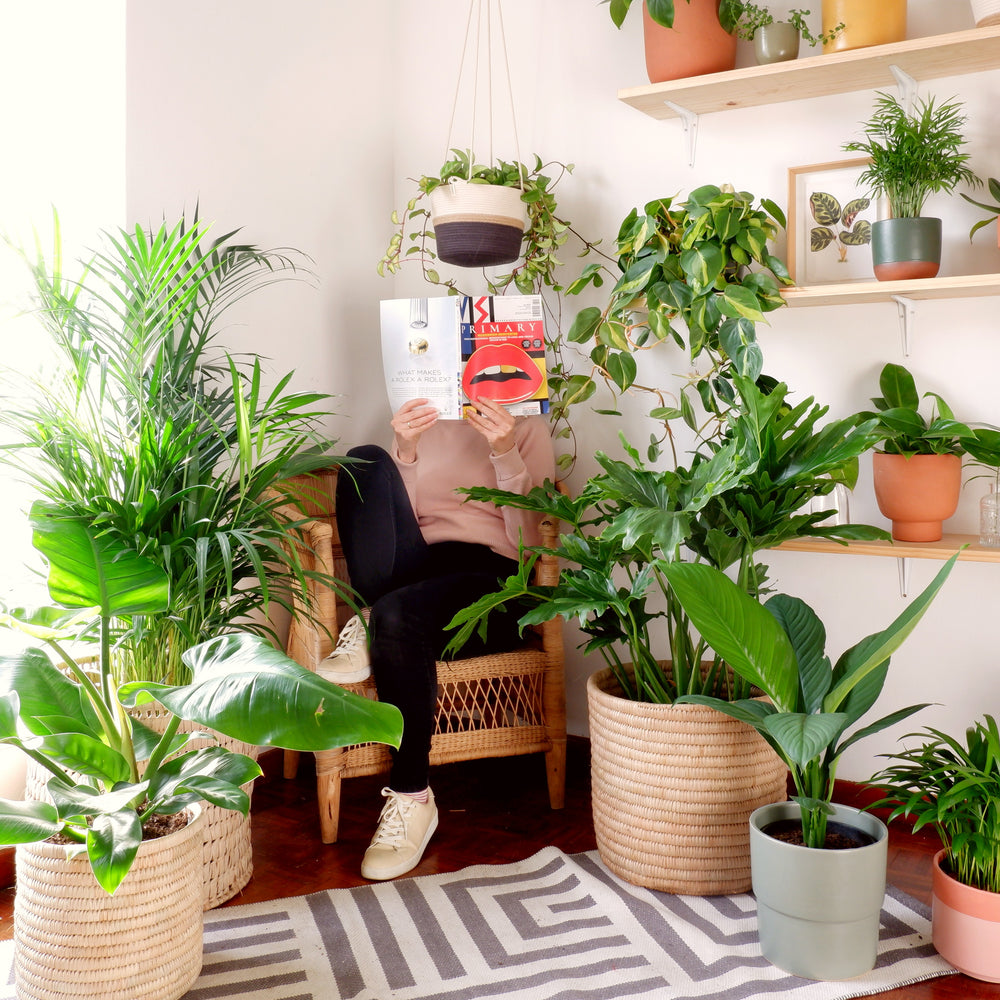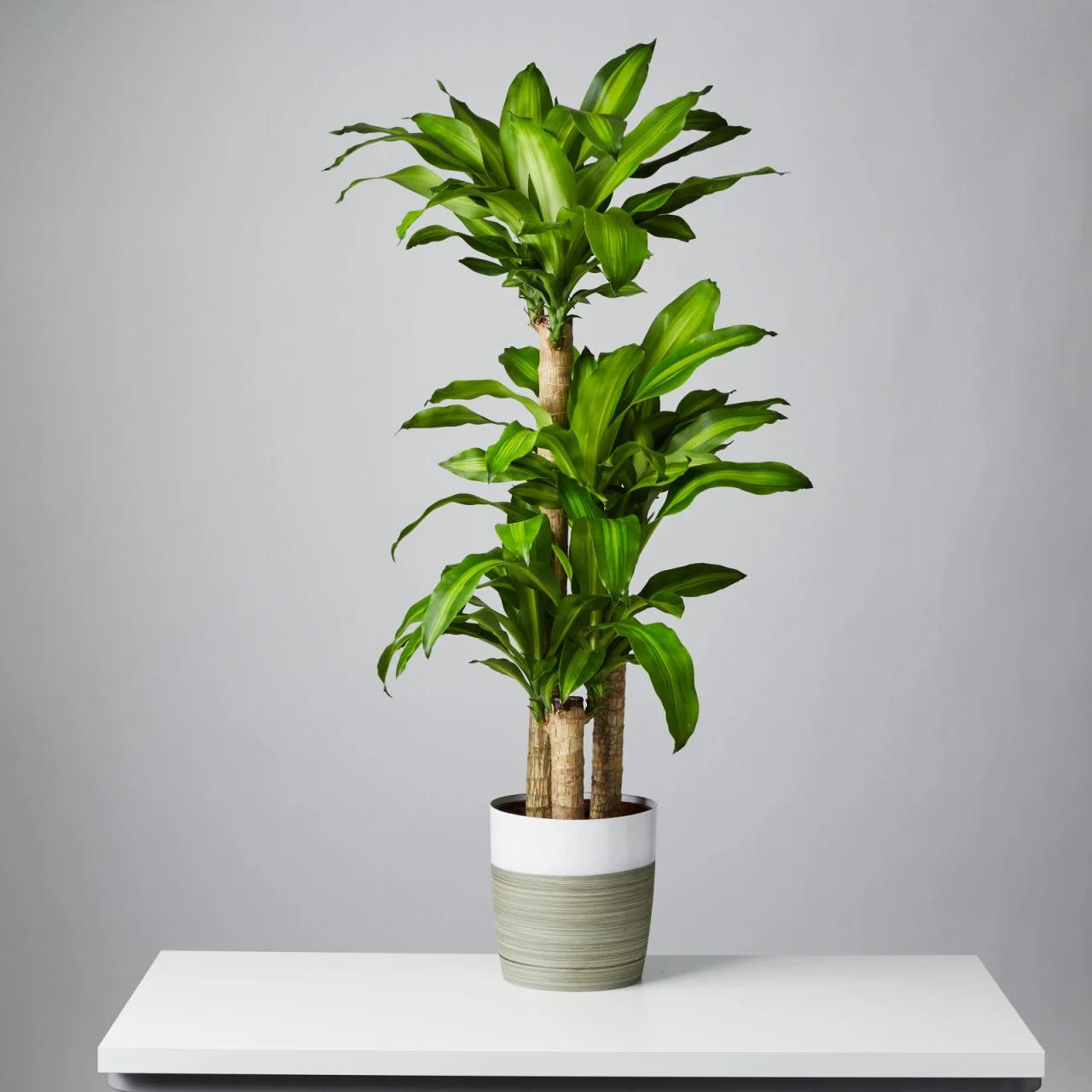The Best Low-Light Indoor Plants That Require Minimal Care and Attention
The Best Low-Light Indoor Plants That Require Minimal Care and Attention
Blog Article
Transform Your Home With Beautiful Low-Light Indoor Plants and Their Benefits
Incorporating low-light indoor plants right into your home can dramatically boost both the aesthetic and ecological top quality of your space. These plants, which thrive in dark problems, offer not only as attractive aspects but additionally as natural air cleansers, making them ideal for metropolitan residents or those with minimal sunlight exposure. As we check out the numerous types of low-light plants and their benefits, you might locate surprising means to incorporate them into your home that can transform your surroundings in ways you might not have actually anticipated.
Advantages of Low-Light Plants
Low-light plants use various advantages for interior atmospheres, making them an excellent option for both newbie and skilled garden enthusiasts. Among the key advantages is their flexibility to low-light problems, permitting people to improve their space without the requirement for comprehensive sunshine direct exposure. This particular makes them optimal for homes, offices, and other areas with restricted all-natural light.

In addition, incorporating low-light plants right into home décor can raise the aesthetic charm of an area. Their lavish vegetation and varied textures create a calming environment, adding to general well-being. The visibility of plant has been linked to reduced stress levels and enhanced productivity, making low-light plants a useful selection for improving both mental and physical health in indoor setups.
Top Low-Light Indoor Plants
While lots of indoor plants prosper in intense light, a number of species are particularly appropriate for low-light conditions, making them ideal for different indoor spaces. One popular selection is the Serpent Plant (Sansevieria), understood for its striking upright leaves and durability, needing very little care. One more excellent alternative is the Pothos (Epipremnum aureum), which includes heart-shaped fallen leaves and can trail wonderfully from shelves or hangers, thriving in reduced light and adding a rich touch.
The ZZ Plant (Zamioculcas zamiifolia) is commemorated for its shiny leaves and capacity to withstand overlook, making it ideal for busy lifestyles. The Peace Lily (Spathiphyllum) not just endures low light however also produces stunning white blooms, enhancing any kind of room's aesthetic.
For an one-of-a-kind touch, take into consideration the Cast Iron Plant (Aspidistra elatior), which certainly measures up to its name, thriving in the darkest corners of your home. Last but not least, the Chinese Evergreen (Aglaonema) supplies a variety of leaf patterns and colors while being incredibly forgiving in low-light conditions. These plants not just enhance indoor environments but additionally add to air filtration, boosting your space.
Care Tips for Low-Light Plants

Watering methods are vital; check my reference these plants frequently choose somewhat dry problems. Overwatering can lead to root rot, so make certain that the top inch of soil is dry before sprinkling once more. Use pots with drainage openings to permit excess moisture to leave.
Moisture is another vital factor. Many low-light plants, such as ferns and tranquility lilies, take advantage of greater humidity levels. To enhance moisture, think about misting the fallen leaves or putting a tray of water near the plants.
Fertilizing ought to be approached with caution. During the growing period, use a diluted, balanced liquid plant food every month to sustain development, yet prevent fertilizing during the inactive winter months.

Imaginative Ways to Display Plants
Indoor plants can work as fascinating centerpieces in any space, improving both aesthetic allure and ambiance. Imaginative screens page can boost the aesthetic effect of low-light plants, making them an integral part of your home style. One effective method is to make use of tiered plant stands, which permit you to display several plants at differing elevations while making best use of flooring space.
Hanging planters are an additional ingenious alternative, developing a sense of depth and attracting the eye upwards. Take into consideration macramé wall mounts or wall-mounted shelves to introduce a distinct structure and style.
For an extra organized technique, usage geometric terrariums or glass containers to house your plants, including a contemporary touch to your interior yard. You can additionally repurpose vintage items, such as teacups or wooden crates, for a diverse display screen that reflects your individuality.
Enhancing Home Setting With Plants
Incorporating low-light plants right into your home not just improves visual charm but likewise contributes significantly to the general atmosphere. These plants work as natural decoration components, presenting a feeling of serenity that can transform any type of space. The visibility of plant cultivates a soothing ambience, which is particularly valuable in high-stress settings such as office or living spaces.
Low-light plants, such as serpent plants, pothos, and ZZ plants, are not only visually pleasing however likewise improve interior air high quality by filtering system toxins. This twin feature boosts the atmosphere further, creating a much healthier home (Best low-light indoor plants). The tactical placement of these plants can likewise influence the perception of area; for example, tall plants can click this site draw the eye up, making ceilings show up higher and rooms extra spacious
Furthermore, varying textures and shades of vegetation add depth to interior design, permitting innovative expression in home styling. Whether positioned on racks, in edges, or as focal points, low-light plants can elevate the state of mind of any space. In summary, incorporating these plants into your home is an effective method to promote a warm, welcoming environment while profiting of improved air high quality and aesthetic convenience.
Conclusion
Integrating low-light interior plants into home atmospheres supplies various advantages, consisting of enhanced visual allure and improved air top quality. These resistant plants, such as the Serpent Plant and Tranquility Lily, require marginal light and maintenance, making them suitable for diverse way of lives. Their capability to filter pollutants adds to a healthier living space, while their varied textures and shades enhance interior design (Best low-light indoor plants). Ultimately, the incorporation of low-light plants cultivates a calm and welcoming atmosphere, changing any type of home right into a serene sanctuary.
While many interior plants grow in brilliant light, numerous species are especially appropriate for low-light conditions, making them ideal for various indoor spaces. One reliable approach is to make use of tiered plant stands, which permit you to showcase multiple plants at differing elevations while making best use of floor area.
Low-light plants, such as snake plants, pothos, and ZZ plants, are not just cosmetically pleasing but also improve interior air top quality by filtering system pollutants. Best low-light indoor plants. The strategic positioning of these plants can also affect the perception of room; for circumstances, high plants can draw the eye upwards, making ceilings appear greater and spaces more spacious
These durable plants, such as the Serpent Plant and Tranquility Lily, need marginal light and maintenance, making them suitable for diverse way of livings.
Report this page